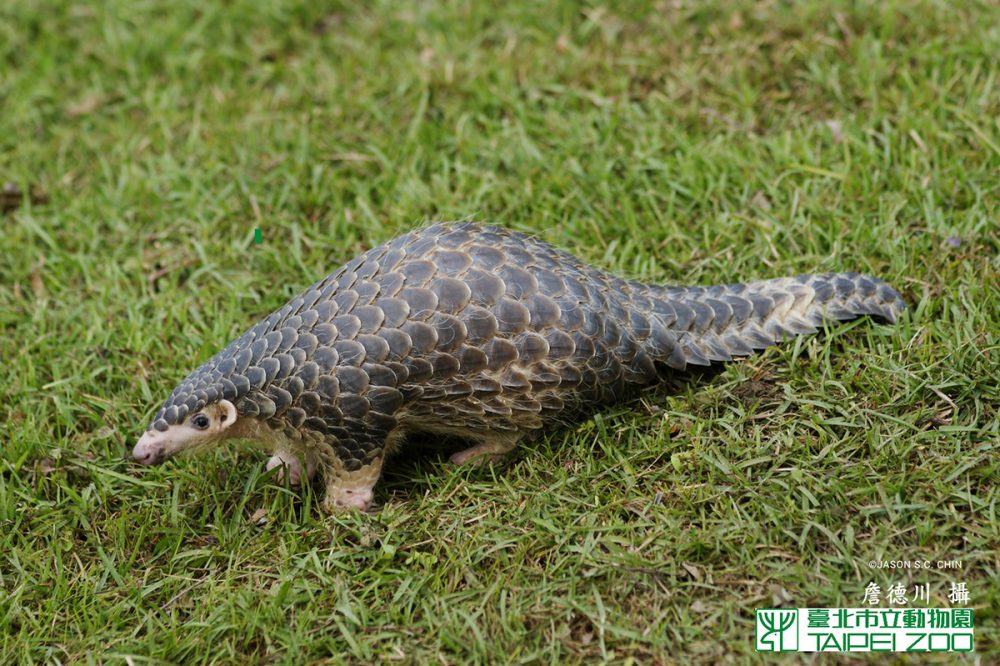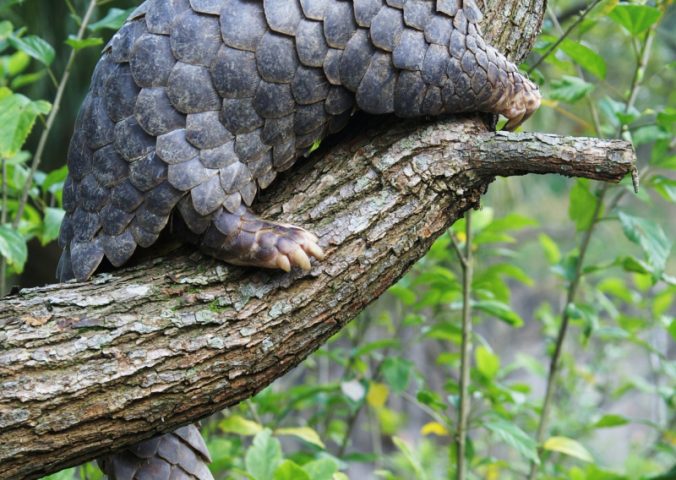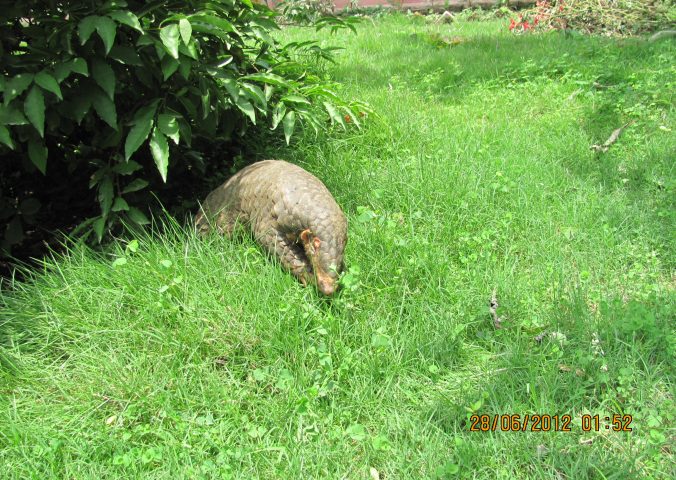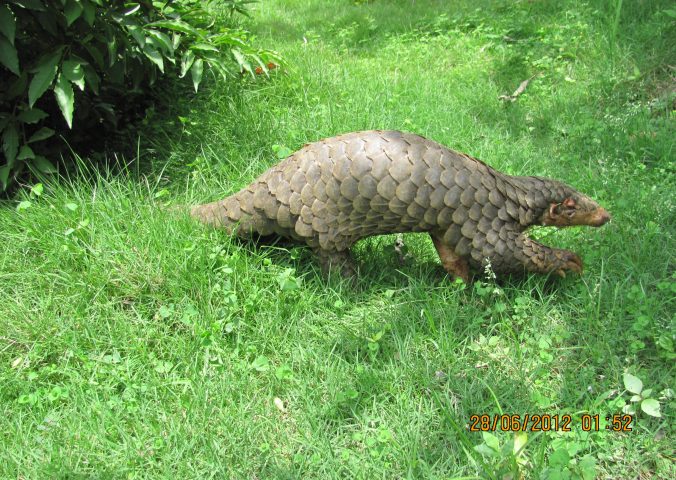About
Pangolins are the most trafficked mammals in the world, and the Chinese pangolin may be the most endangered of them all.
The species is heavily hunted both within China, and its other range states, for its meat, which is considered a delicacy, as well as for its skin and scales which are used in traditional medicine.
In Chinese legend pangolins are said to travel all around the world underground, and in the Cantonese language the name for pangolins translates to “the animal that digs through the mountain,” or “Chun-shua-cap,” which translates to “scaly hill-borer.”
Pangolins have convergently evolved many features that are similar to ant eaters, and aardvarks; such as long, powerful claws for ripping open ant and termite nests, and a long, thin sticky tongue – which can measure up to 40cm in length for scooping up its prey. Like other pangolins, the Chinese pangolin is a good swimmer.
Despite the similarities to other mammals adapted to eating ants and termites, they are not closely related with any of these groups – with the 8 species of pangolin being the only extant members of their family Manidae, and even their order, Pholidota. Chinese pangolins are of genetic interest due to the differing diploid number of chromosomes found in animals from different areas of their distribution.
- Order: Pholidota
- Family: Manidae
- Population: Unknown
- Trend: decreasing
- Size: 40–58 cm
- Weight: 2-10kg
EDGE Score
Distribution
The Chinese pangolins current range has undergone drastic changes due to poaching pressure, and its distribution is therefore not well known. It was previously widespread, occurring in southern China, Hainan, Taiwan, Hong Kong, the Himalayan foothills in eastern Nepal, Bhutan and northern India, northeastern Bangladesh, across Myanmar to northern Lao PDR and northern Vietnam, northern and northeastern Thailand.
Habitat and Ecology
They are found in a wide range of habitats, including primary and secondary tropical forests, limestone forests, bamboo forests, grasslands and agricultural fields. They have poor vision, and therefore rely on their sense of smell to locate their prey, which consists exclusively of ants and termites. They are nocturnal, solitary, and like other pangolins, the Chinese pangolin is a good swimmer.






